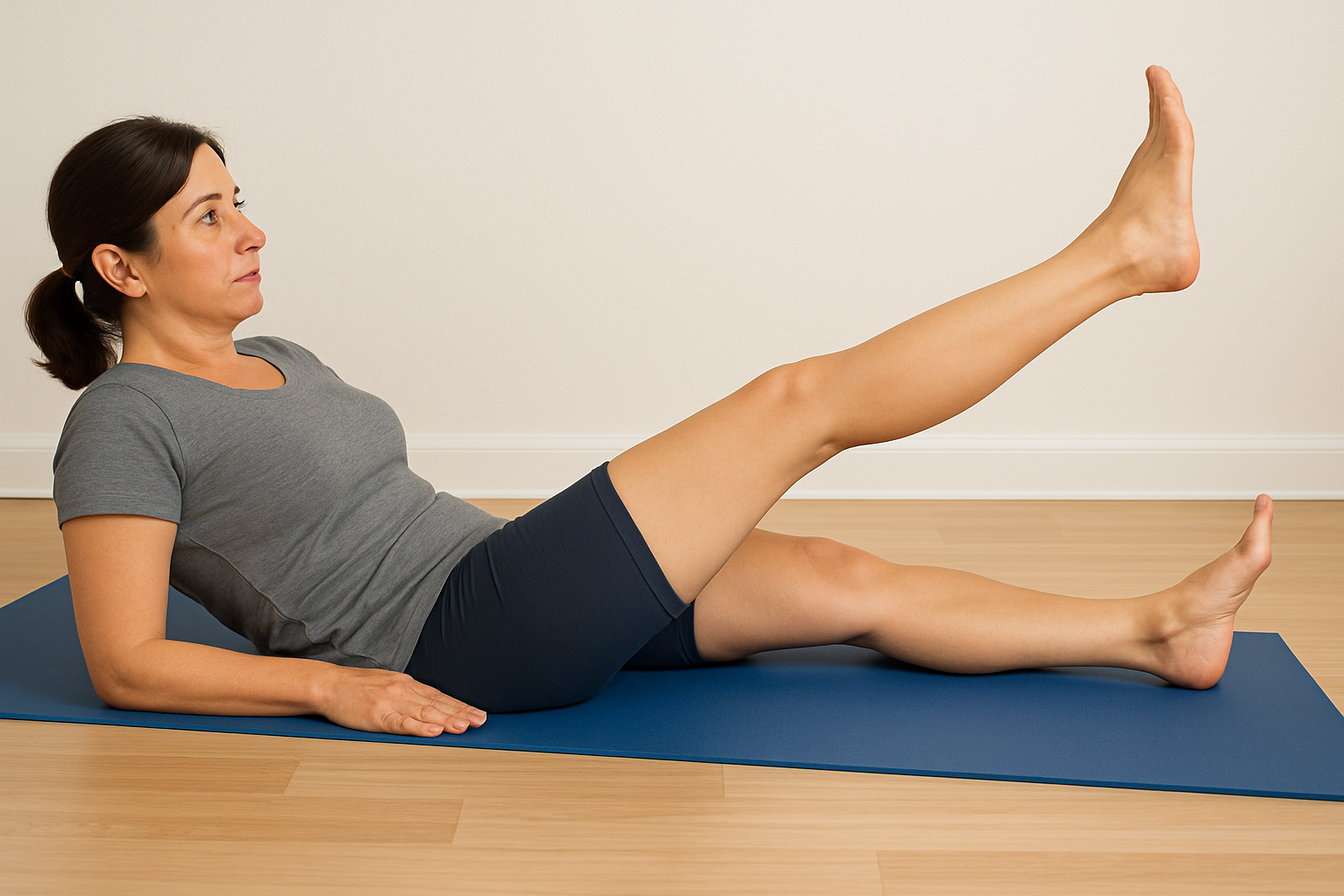Physiotherapy Exercises for Knee Pain
If you're experiencing ongoing knee pain, you're not alone. It’s one of the most common issues treated in physiotherapy clinics — affecting people of all ages, from active teens to older adults. The good news? With the right exercises, many people find lasting relief and improved mobility without relying on painkillers or surgery.
Below, we’ll walk you through some effective physiotherapy exercises for knee pain and explain how each one can support your recovery.
What Causes Knee Pain?
Knee pain can stem from a variety of causes including:
Overuse injuries (e.g. runner’s knee, jumper’s knee)
Ligament strains or tears (ACL, MCL, etc.)
Meniscus injuries
Osteoarthritis or age-related degeneration
Muscle imbalances or poor biomechanics
Physiotherapists will create an exercise plan based on your diagnosis, pain levels and goals.
Best Physiotherapy Exercises for Knee Pain
These beginner-friendly exercises are commonly prescribed by physios to reduce knee discomfort and improve strength.
1. Quad Sets
How to do it:
Sit or lie with your leg straight. Tighten your thigh (quadriceps) muscle by pressing the back of your knee gently into the floor. Hold for 5–10 seconds, then relax. Repeat 10–15 times.
Why it helps:
Strengthens the quad muscle without moving the knee joint — ideal for early-stage rehab.
2. Straight Leg Raise
How to do it:
Lie on your back with one knee bent and the other leg straight. Tighten the quad on the straight leg and slowly lift it to the height of your bent knee. Hold briefly, then lower.
Why it helps:
Builds strength in the quads and hip flexors, supporting better knee stability.
3. Heel Slides
How to do it:
Lie on your back and slowly slide your heel towards your buttocks, bending the knee as far as comfortably possible. Then straighten it again.
Why it helps:
Improves knee joint mobility and range of motion, especially after surgery or injury.
4. Step-Ups
How to do it:
Use a step or low platform. Step up with one leg, then bring the other leg up to stand fully. Step down slowly and repeat 10–15 times per leg.
Why it helps:
Engages multiple muscles around the knee, hip and ankle, helping with balance and strength.
5. Hamstring Curls (Standing)
How to do it:
Stand holding a chair for support. Bend one knee, bringing your heel towards your bottom. Lower slowly and repeat.
Why it helps:
Targets the hamstrings, which support and stabilise the knee.
Exercise Tips from a Physio
Always warm up first — a short walk or light stretching is enough
Avoid pushing into sharp or intense pain
Progress gradually — more is not always better
Consistency is key: aim to perform exercises at least 3–5 times a week
Consider seeing a physio for a personalised plan and hands-on treatment
When to See a Physiotherapist
If your knee pain lasts more than a few days, limits your activity, or gets worse with exercise, it’s best to consult a physio. You may need a physio exercise program, hands-on therapy, or even dry needling, taping or gait analysis.
At Ducker Physio Adelaide, we help people manage knee injuries and arthritis with evidence-based treatment and supportive care. Our Salisbury practice has a fully equipped gym for rehabilitation and therapy — new patients welcome, including those with a Chronic Disease Management Plan (CDMP).
Ready to Ease Your Knee Pain?
Don’t let knee pain hold you back. Book a physiotherapy session and get expert guidance on exercises, recovery, and long-term joint health.
📞 Call Us Today:
Magill Clinic: (08) 8333 0322 (option 1)
Salisbury Clinic: (08) 8283 3760 (option 2)
🌐 Book Online Anytime here
FAQs About Knee Pain and Exercise
-
Yes — as long as you avoid exercises that aggravate your pain. Physio-guided exercises can help reduce stiffness, improve function, and speed up healing.
-
Absolutely. Physiotherapy is one of the best non-surgical options for knee osteoarthritis, especially when combined with strength training and weight management.
-
You might feel some improvement within a few weeks, but full recovery depends on the cause and severity of your knee issue.





